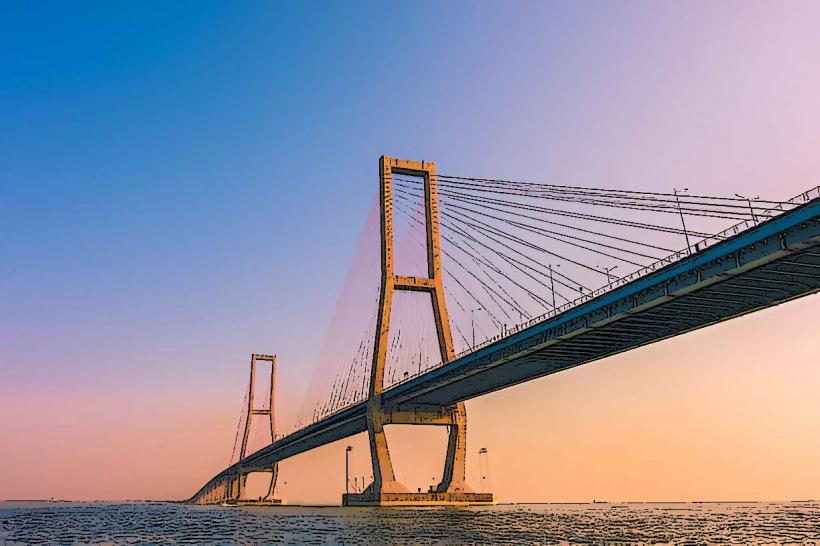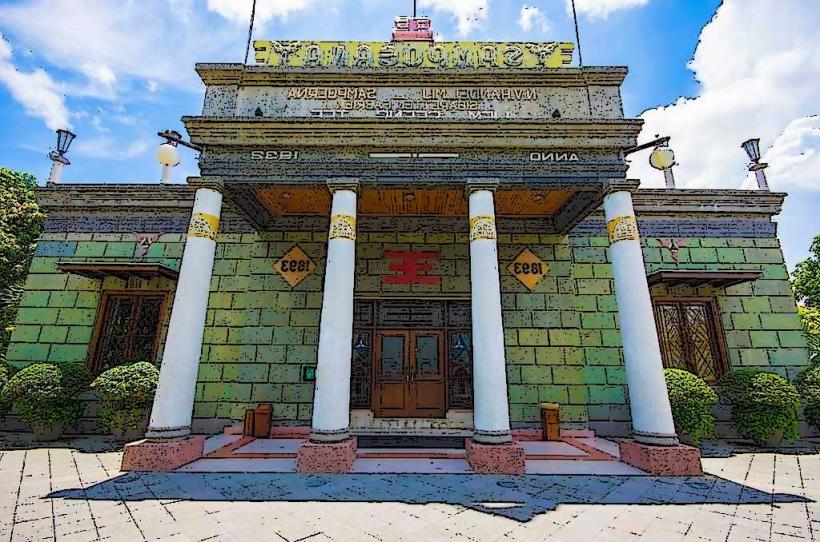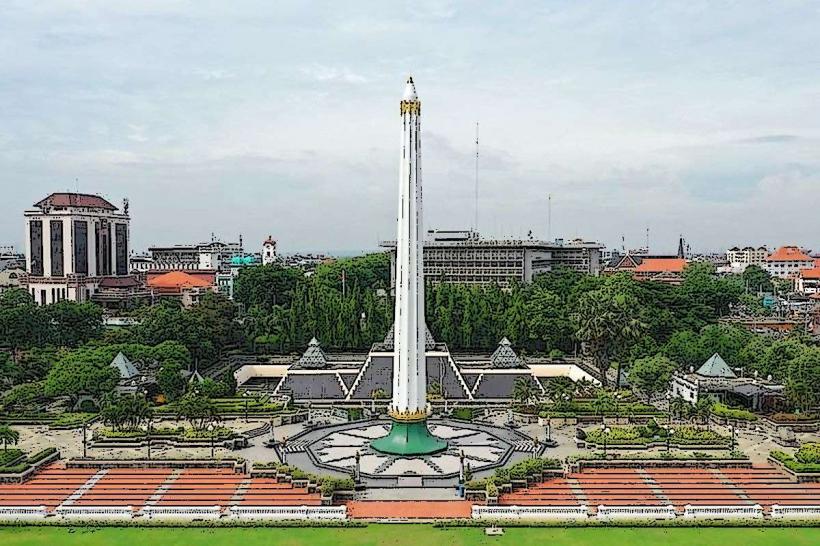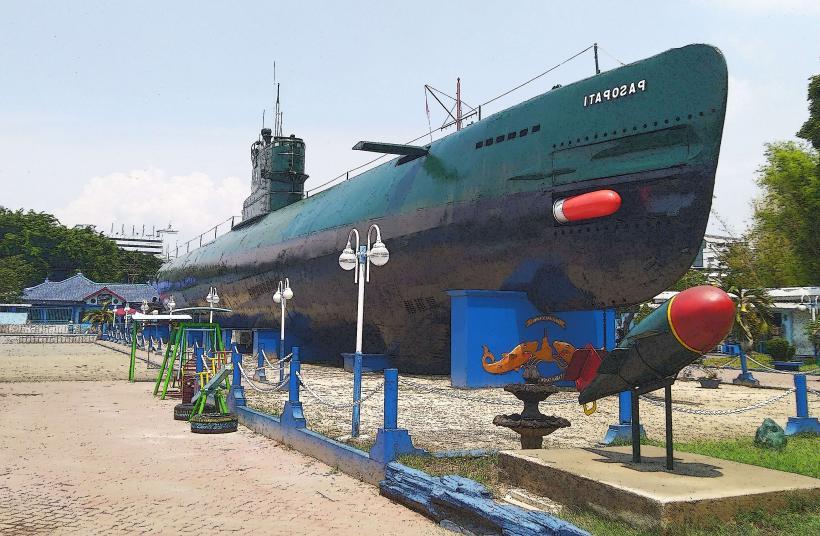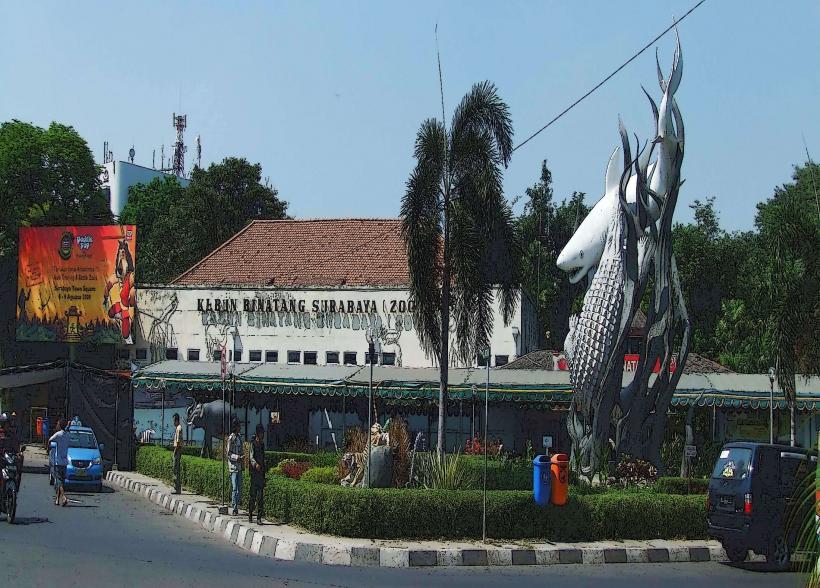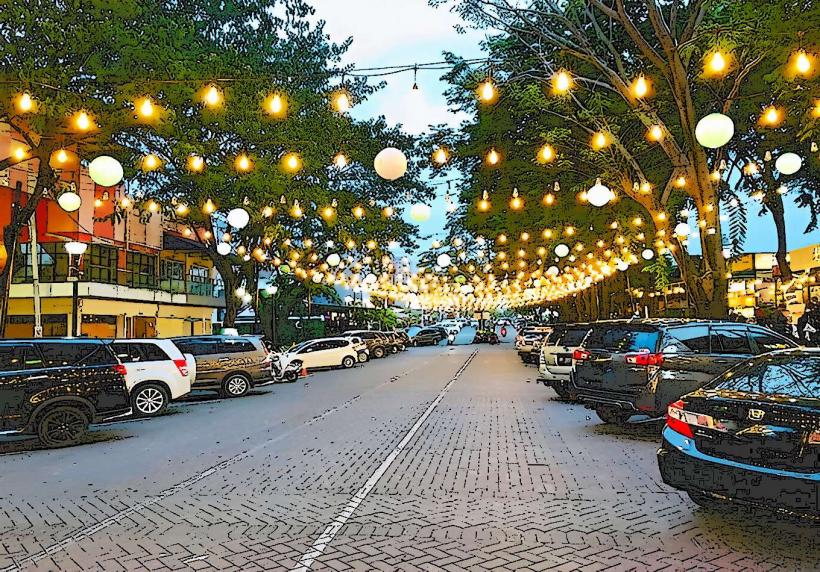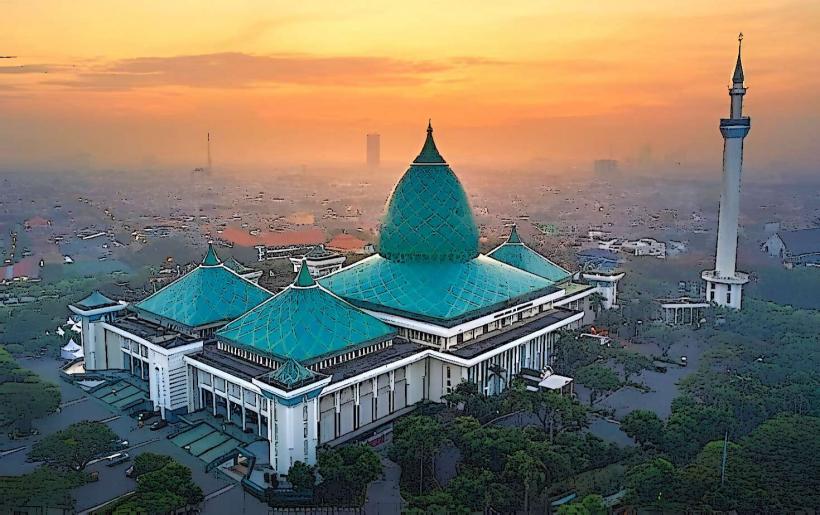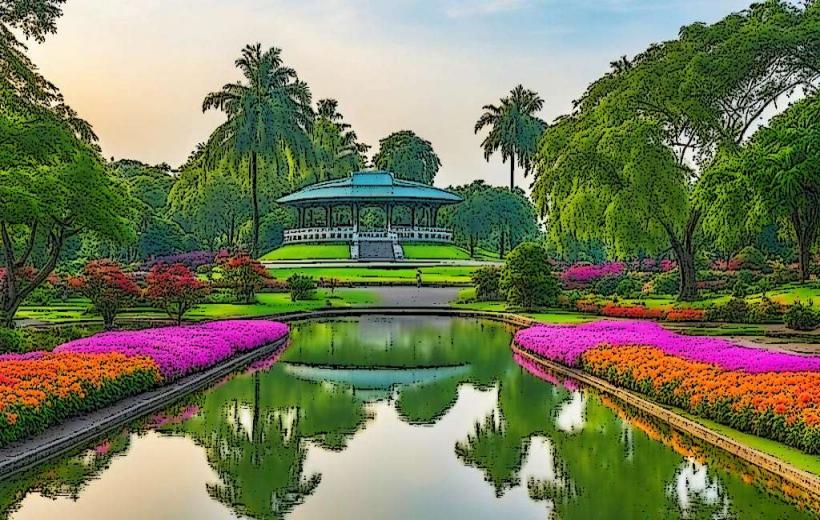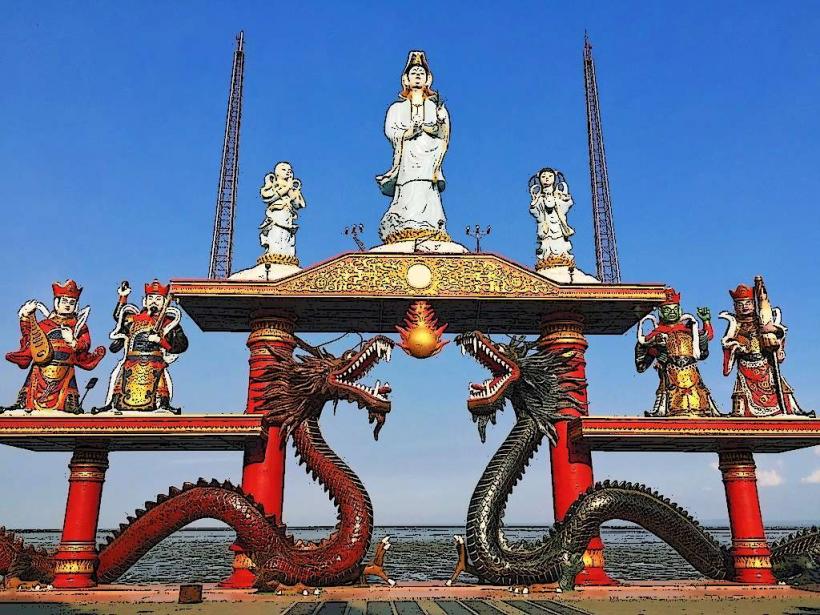Information
Landmark: Cheng Hoo MosqueCity: Surabaya
Country: Indonesia
Continent: Asia
Cheng Hoo Mosque (Masjid Muhammad Cheng Hoo)
The Cheng Hoo Mosque, officially known as Masjid Muhammad Cheng Hoo, is a unique and architecturally stunning mosque in Surabaya, East Java. It is named after the famous Chinese Muslim admiral, Zheng He (Cheng Hoo), who played a significant role in spreading Islam in Southeast Asia during the 15th century. The mosque beautifully blends traditional Chinese and Islamic architectural styles, symbolizing cultural harmony.
Overview
- Name: Masjid Muhammad Cheng Hoo
- Location: Jalan Gading No. 2, Ketabang, Surabaya, East Java, Indonesia.
- Established: October 13, 2002.
- Capacity: Accommodates around 200 worshippers at a time.
- Architectural Style: A fusion of Chinese, Javanese, and Arabic influences.
- Significance: Honors Admiral Zheng He and celebrates the cultural and religious diversity of Indonesia.
History
The mosque was built by the Chinese Muslim Association of Indonesia (PITI) with the goal of promoting harmony between different cultural and religious groups. Admiral Zheng He, a Muslim of Chinese descent, is highly revered for his peaceful missions and his role in fostering trade, cultural exchange, and the spread of Islam in the region.
The Cheng Hoo Mosque was designed as a tribute to this historical figure and serves as a symbol of the strong connection between Islam and Chinese culture in Indonesia.
Architectural Highlights
Design Elements
- The mosque’s design is inspired by Chinese pagodas and traditional Javanese mosques.
- Dominant colors are red, green, and yellow, symbolizing prosperity, harmony, and happiness in Chinese culture.
- The roof features a three-tiered structure, similar to a Chinese temple, while retaining Islamic symbolism.
Dome and Minaret
- Instead of the traditional dome, the mosque has a pagoda-style roof, reflecting Chinese architectural traditions.
- The minaret is designed to resemble a pagoda and blends seamlessly with the rest of the structure.
Calligraphy and Decorations
- Islamic calligraphy in Arabic and Chinese characters adorns the walls.
- The decorations incorporate motifs of Chinese dragons and lotus flowers, blended with Islamic geometry.
Main Prayer Hall
- The interior is simple yet elegant, with a clean layout that emphasizes functionality and spirituality.
- The mihrab (prayer niche) faces Mecca and is ornately designed to match the mosque’s overall aesthetic.
Cultural Symbols
- Statues and decorative elements reflect the life and voyages of Admiral Zheng He, symbolizing the fusion of Chinese and Islamic cultures.
Significance
- Cultural Harmony: The mosque serves as a symbol of unity between Chinese-Indonesians and the broader Muslim community.
- Historical Tribute: It honors Admiral Zheng He’s contributions to spreading Islam and fostering peaceful trade and cultural exchanges.
- Tourist Attraction: Its unique design and historical significance make it a popular destination for both worshippers and tourists.
Activities and Services
Religious Services
- Daily prayers (Salat).
- Friday sermons (Khutbah Jumu'ah).
- Islamic study sessions and Quranic recitations.
Community Programs
- Interfaith dialogues to promote understanding among different religious and cultural groups.
- Charity events, particularly during Ramadan and other Islamic holidays.
Tourism and Education
- Visitors can learn about the history of Admiral Zheng He, the spread of Islam in Southeast Asia, and the cultural connections between China and Indonesia.
- Guided tours are available for tourists.
Visiting Information
Location
- Address: Jalan Gading No. 2, Ketabang, Surabaya, East Java, Indonesia.
- The mosque is located near Surabaya’s city center, making it easily accessible by car or public transportation.
Opening Hours
- Daily: Open for worship and visitors during prayer times and regular hours (typically 8:00 AM – 8:00 PM).
Admission Fee
- Entry is free, but donations are appreciated to help maintain the mosque.
Dress Code
- Modest attire is required for both men and women.
- Robes or scarves are often provided for visitors who are not dressed appropriately.
Nearby Attractions
- Heroes Monument (Tugu Pahlawan): A landmark commemorating the Battle of Surabaya.
- House of Sampoerna: A museum dedicated to Indonesia’s kretek cigarette history.
- Suramadu Bridge: A scenic bridge connecting Surabaya to Madura Island.
Tips for Visitors
- Learn the History: Take some time to read about Admiral Zheng He before your visit to fully appreciate the significance of the mosque.
- Photography: While photography is allowed, avoid disrupting worshippers during prayer times.
- Best Time to Visit: Visit in the early morning or late afternoon to enjoy the peaceful ambiance and capture stunning photos in natural light.
Why Visit Cheng Hoo Mosque?
- Unique Architecture: Combines Chinese, Javanese, and Islamic design elements, creating a visually striking structure.
- Cultural Significance: Reflects the harmonious coexistence of diverse cultures in Indonesia.
- Spiritual Experience: Offers a serene and welcoming environment for worshippers and visitors alike.
- Historical Connection: A tribute to Admiral Zheng He’s legacy as a bridge between cultures.
Conclusion
The Cheng Hoo Mosque is more than just a place of worship—it is a symbol of cultural harmony, a tribute to history, and an architectural masterpiece. Whether you’re a history enthusiast, an architecture lover, or a spiritual seeker, this mosque offers an enriching experience and insight into Indonesia’s rich multicultural heritage.

